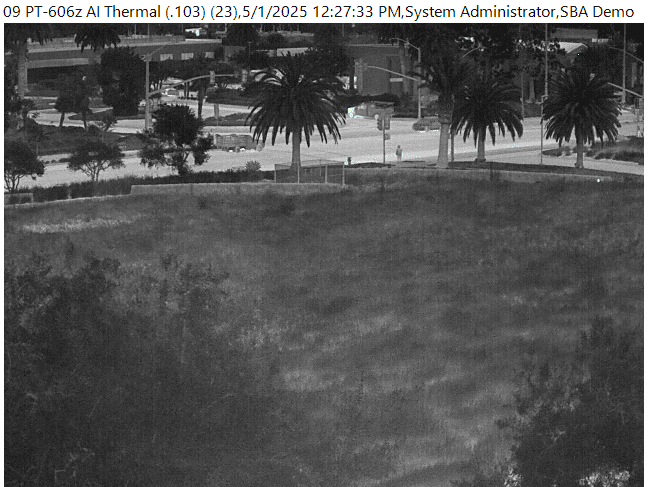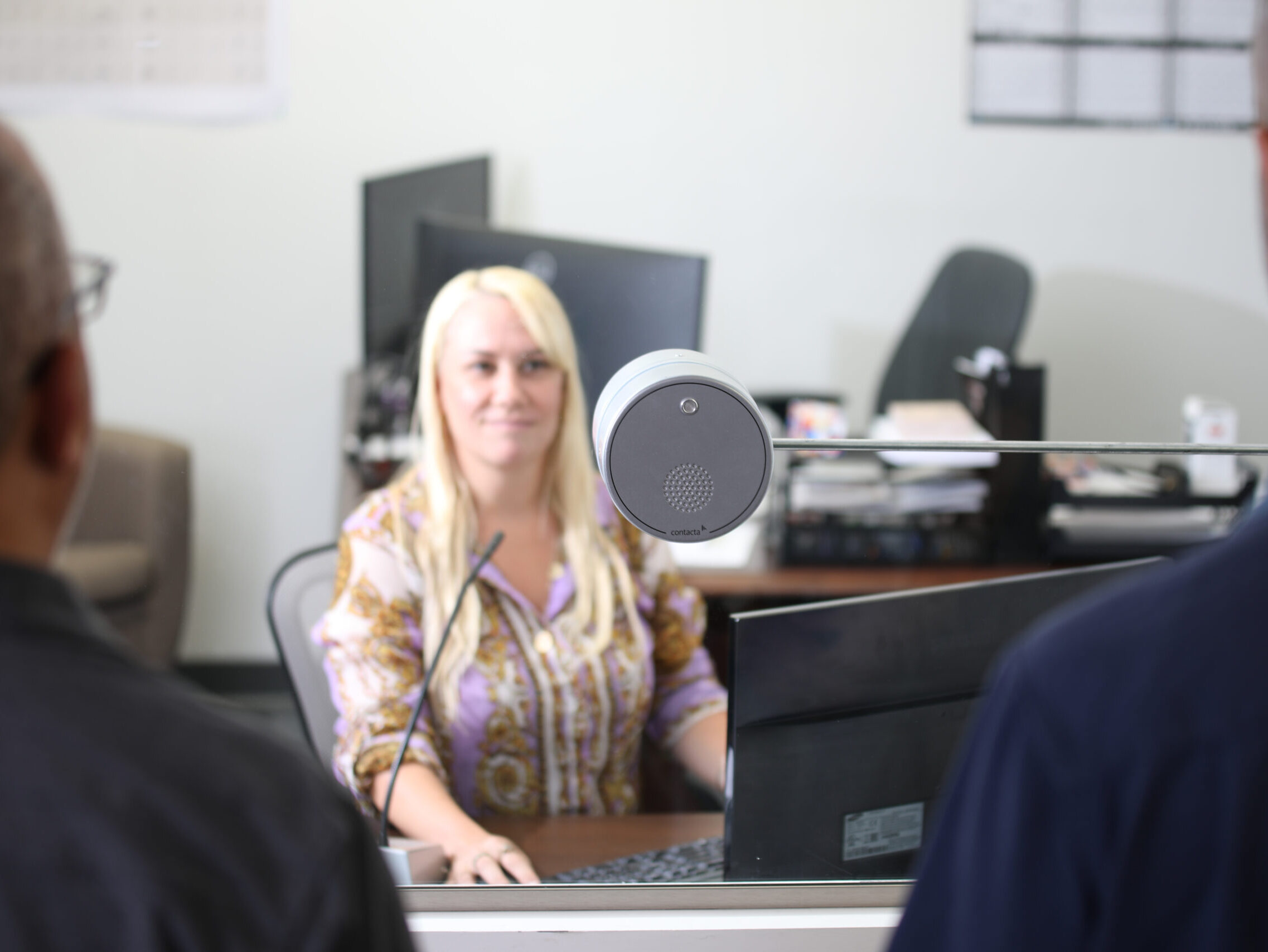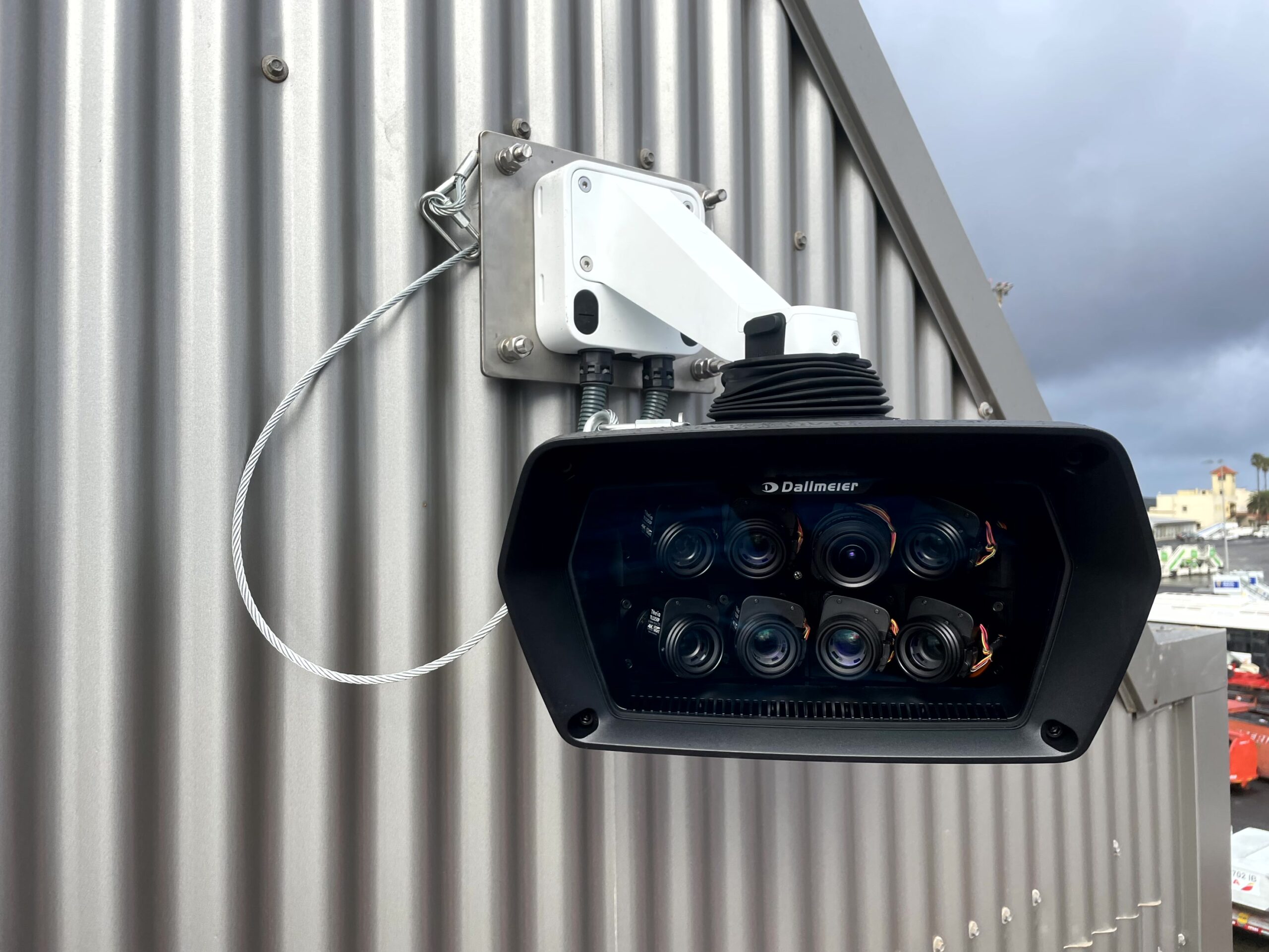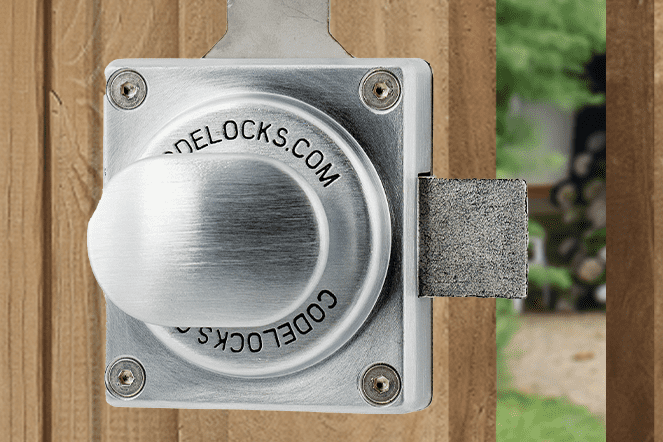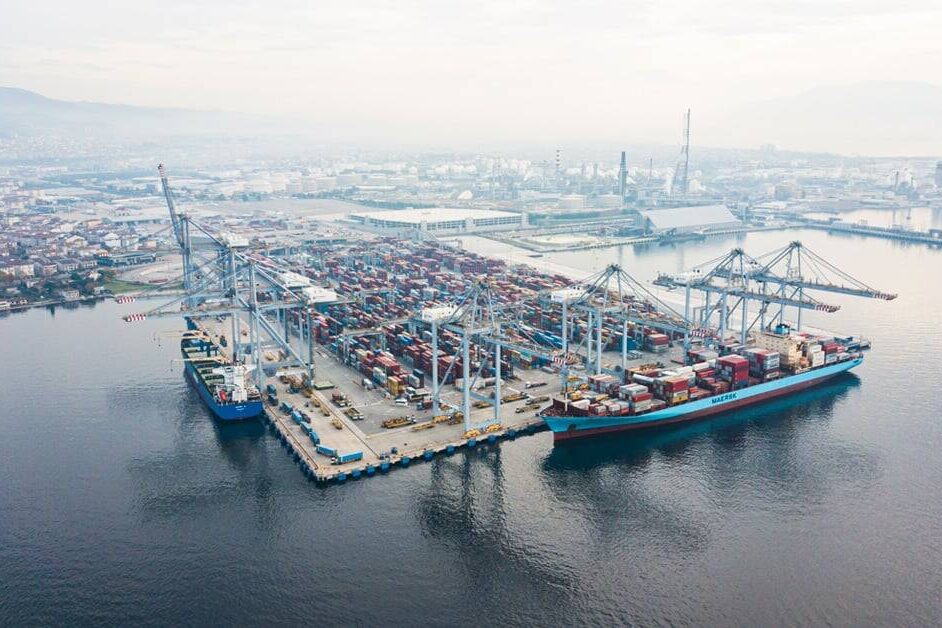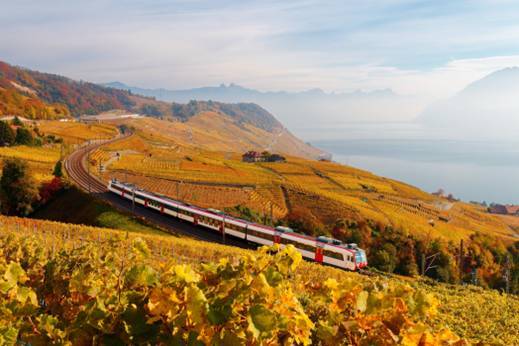
Written by Daniel Wan, marketing leader UK, Honeywell Security Group
Recent statistics from the Home Office revealed that between January 2012 and June 2013, four of the top 10 UK crime hot spots were major railway stations; Manchester Piccadilly (1,508 incidents), London Victoria (1,483), Kings Cross (1,322) and Euston (1,283). Set alongside a close-to-10 per cent increase in rail passenger theft between April 2012 and March 2013, the figures suggest the UK’s railway stations remain a top target for thieves. So where can security managers on the UK’s rail network turn to for inspiration to combat the ever-present threat of crime? The answer is airports.
International airports have invested heavily in solutions and strategies designed to better protect their passengers, assets and cargo. What is more, there are strong parallels between airports and railway stations beyond the fact that both serve as transport hubs. In this article, we will explore some of those parallels and examine the best practice – systems, processes and approaches – that can be leveraged by UK railways for the safety of all of us.
Pre-empting Incidents
Both airports and railway stations are some of the world’s busiest and most congested spaces. Picture the departure lounge at international airports during the summer holiday season with thousands of people and their luggage in one, relatively small space. Equally, walk through major railway stations on a Friday night in rush hour and the sheer number of people is overwhelming.
Airports approach this in an innovative way, deliberately adopting a strategy that enables security managers to prevent scenarios from turning into incidents rather than just reacting to events after the fact. Imagine that a passenger leaves a bag in one of the terminals and walks off; technologies such as video analytics help security staff to spot the suspicious behaviour in a busy crowd and pre-empt a potential problem. In addition, by integrating cameras together into a single unified view – using a video management system – it’s much easier to spot a person behaving in an unusual way and quickly guide the security personnel to the source of the trouble. This proactive approach to managing situations should serve as an inspiration to railways.
24/7/365
Another commonality is that both transport networks never stop their operations and therefore, their security systems must perform to the highest standard both day and night. Continuing to operate without interruption, whatever the circumstances are and even following an incident, is key.
Take for example when an airport suffers a power outage affecting the operational systems at the terminal. This failure can cause major flight delays and chaos at the terminal, with big crowds moving around the building, demanding information about their flights. In this type of scenario, security is more important than ever. So how do airports ensure they deliver a 24/7/365 security solution that runs smoothly even in extreme circumstances? The answer is integrated security systems that are designed with automatic fail-over to back-up systems so that in the event of a power failure or a security risk, site security is immediately picked up and controlled by a secondary security site. Like airports, railway stations can also be affected by adverse conditions outside of their control – severe weather, flooding or fire – that disrupt critical operational systems and put thousands of passengers at risk. Investing in back-up security solutions – like those used in the airport sector – will give security managers at railways stations the peace of mind that comes from knowing their system can stand up to the toughest conditions and ensure security is maintained on site.
Trusting Your Employees
Airports and railway stations both have different contractors – cleaners, maintenance, shop staff, engineers, train operators – with access to sensitive areas of the facilities. Airports are managing their staff with state-of-the-art access control functionality and integration with HR and building management systems ensuring that no unauthorised personnel can access restricted areas. These systems are linked to payroll and as soon as a member of staff leaves or a contractor stops working for the organisation, their physical access credentials are updated simultaneously ensuring access rights are accurate at all times.
Additionally, full integration between the HR and security departments makes staff registration seamless, saves time for both security operators and HR staff, while eliminating administrative errors. This ability to integrate both systems will help railway networks to manage their budgets, usually smaller than in airports, more effectively and to spread security more widely and wisely across their estate.
Outside the terminal
The value of assets in vehicle parks and storage yards in both airports and rail stations has increased substantially over the last few years, especially as metal prices have soared. These sites can often be remote, with large perimeters, and even temporary sites, making them very vulnerable to theft. Security officials at airports around the world need to deliver powerful intrusion detection systems that secure their site perimeters and provide electronic access control, and supply integrated video assessment solutions for unmatched site protection.
Security manufacturers like Honeywell Security can provide solutions, incorporating radar and video analytics to protect large perimeters and are also able to provide solutions that can be used to remotely monitor and manage sites that are either permanent or temporary. In addition, where the welfare of lone workers is a concern, new security solutions can integrate with third party systems to monitor their activity and flag a problem if a worker presses the emergency alert.
The Retail Conundrum
Not only are airports dedicated to transporting people and cargo around the world, they are morphing into highly sophisticated retail outlets in their own right. Many high end retailers boast a presence in major airport terminals. This has encouraged retail security managers to invest in a range of new technologies designed to reduce theft and shrinkage such as video analytics, point-of-sale alerts and other integrated security solutions.
Similarly, large rail stations have – particularly in the last decade – started to grow as commercial centres in addition to transport hubs. Although the profile of the retailer is slightly different, with high end retailers replaced by chain shops and restaurants, the same challenges still exist. How can railway security staff help to protect against theft in order to attract more retail partners and boost investment? Again, borrowing strategies from the airports will help here too, specifically investing in video and access solutions optimised for a retail customer.
Conclusion
An effective transport security system needs to embrace flexibility, risk management and pre-emptive deterrence. Some of the sophisticated systems mentioned above can be perceived as premium technology and security managers at other transport sectors might face challenges in justifying the investment. However, prevention is almost always cheaper than cure. By taking a hands-on approach to understanding the needs of each facility, managers can provide quick returns by avoiding loss and damage. Airports are an excellent model to follow. Honeywell’s transport security solutions deliver the required functionality needed to solve the toughest problems for the busiest hubs.




